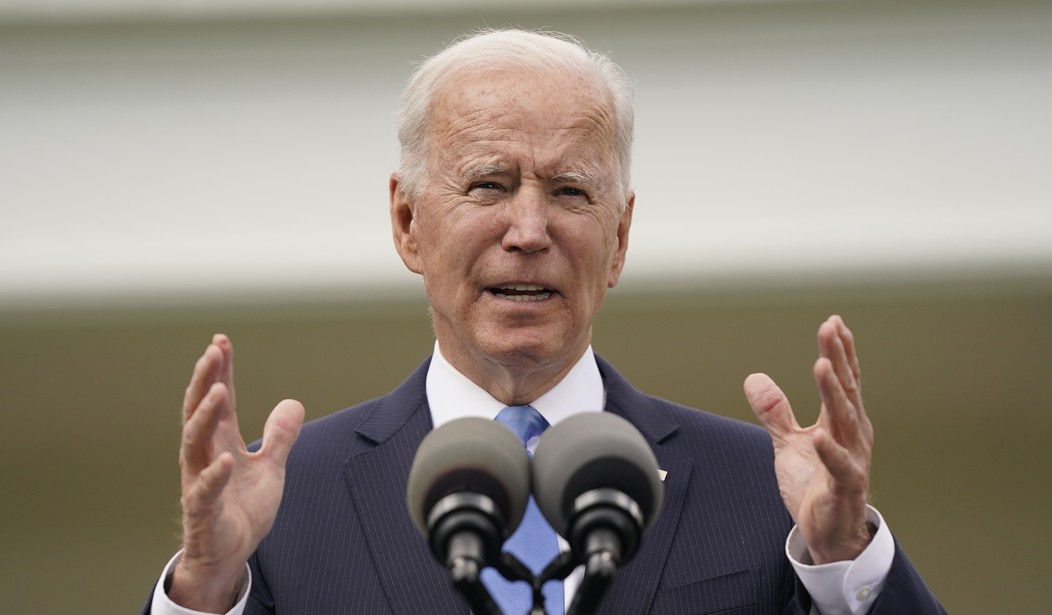Even with the usual caveat about the poor reliability of this metric as a predictive indicator, this looks like bad news. For the second straight month, ADP projects a decline in job growth, with this big swing and a miss on expectations in July. They show 330,000 jobs added, almost exactly half of what economists expected to see:
Private sector employment increased by 330,000 jobs from June to July according to the July ADP® National Employment ReportTM. Broadly distributed to the public each month, free of charge, the ADP National Employment Report is produced by the ADP Research Institute® in collaboration with Moody’s Analytics. The report, which is derived from ADP’s actual payroll data, measures the change in total nonfarm private employment each month on a seasonally-adjusted basis.
The Bureau of Labor Statistics will report its numbers on Friday, and to some extent using ADP as a bellwether is a fool’s errand. It tends to get the trending correct, which is why economists and investors pay attention to their report, but month-to-month reliance is, um … tricky. Just be warned that misses to the low side by ADP has occasionally been followed by surprisingly good data at BLS, although their misses tend to run the other direction — projections that overshoot BLS reports on jobs growth.
That might be why investors turned a little bearish after the report came out, although earnings reports probably had more to do with it:
The Dow Jones Industrial Average fell 168 points, or 0.48%, while the S&P 500 and the Nasdaq Composite lost 0.32% and 0.05%, respectively.
The July ADP employment report showed private-sector hiring slowed sharply last month amid a rise in COVID-19 infections. U.S. firms added 330,000 new workers in July, down from 680,000 in June. The Labor Department will release the July nonfarm payrolls report on Friday.
CNBC focused more on the report itself, noting that it’s the most modest growth level in the series since February:
Job creation at private companies tumbled in July as fears mounted over the spreading coronavirus delta variant, payroll processing firm ADP reported Wednesday.
Employers added 330,000 positions for the month, a sharp deceleration from the downwardly revised 680,000 in June and well below the 653,000 Dow Jones estimate. June’s final total fell from the initial estimate of 692,000.
July’s job growth was also the smallest gain since February.
That’s a relatively paltry level of growth, especially considering the number of open jobs and still-unemployed Americans receiving pandemic benefits. In the most recent weekly jobless claims report, the Department of Labor put the number of continuing pandemic unemployment claims at over nine million.
CNBC offered a bit more reason to take ADP seriously as a predictive indicator — while highlighting the expectations for Friday’s BLS result:
The ADP count, done in conjunction with Moody’s Analytics, comes two days before the more closely watched Labor Department nonfarm payrolls release. The two reports can differ significantly but have been fairly close this year: Through June, ADP had averaged about 30,000 fewer jobs a month than the official government tally.
Unlike ADP, the Labor Department’s count includes government jobs and is expected to show a total gain of 845,000 after June’s 850,000 increase.
If that comes to pass, it would be a yuuuuge miss on the part of ADP. If the two have correlated this well all year, it’s tough to see how they could miss the mark in July by 500,000 — but it’s certainly possible.
At stake is the Biden administration’s claims to be “building back better,” but the issue might be whether they’re building back at all. The sidelined workers are not coming back to the labor force, and that is creating shortages of both labor and material that has slowed economic activity while sending prices higher. The inflation risks have strengthened, making the arguments of “transitory” spikes all but demolished. Now the administration wants to argue that a little inflation isn’t necessarily bad, but it’s tough to see this level of inflation as a good trend, especially as it erodes the buying power that the administration claims as a genuine result of their policies. That will collapse in September when pandemic-UI benefit programs end, and suddenly workers will have much less leverage while experiencing higher costs of living.
If the jobs growth trend starts declining, then that leverage will dissipate even faster. Stay tuned for Friday’s report to see whether ADP got the trend call correct.







Join the conversation as a VIP Member